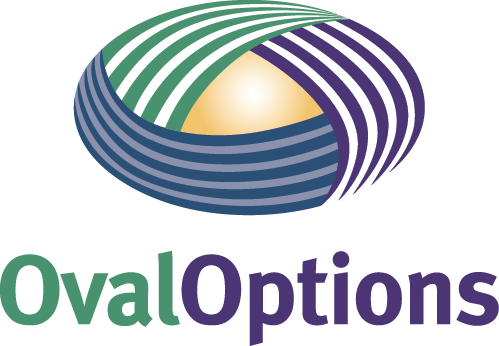The field of Conflict Resolution has grown in the last 30 years, concentrating on processes such as peace building, mediation, truth commissions, and reconciliation to name a few. The impact of Con-Res has become increasingly noticeable and its methods sought after. Yet these reactive efforts do not go far enough. Like the old saying goes, Give a man a fish; you've fed him for a day. Teach him to fish; and you've fed him for a lifetime, education of Con-Res skills needs to focus on the individual and daily life to establish a proactive approach to managing conflict.The above services (mediation et al) are enacted as a conflict intensifies, at the cessation of violence, or after it concludes (although this is a gray area). Damage has already been done, or is accruing. Many people do not possess basic Con-Res skills, which increases the possibility that seemingly harmless misunderstandings will escalate to damaging conflicts, and the need for third party intervention becomes more and more evident. Effective management of conflict requires personal Con-Res skills, with reactionary services on-board as important back-up procedures.If more people (ideally everybody) were to possess basic Conflict Resolution skills, then many problems, disputes, and conflicts can be prevented or managed effectively at the “first” level, thereby decreasing costs (financial, emotional, relational, physical, etc) of prolonged discontent. It is important to note that this approach will not solve every problem, or eliminate every conflict. Conflict is inevitable and a necessary condition of life; managed effectively it promotes change, progression, and innovation. To take advantage of contentious situations requires proactive measures as well as reactive services.Now is the time to teach, provide, and encourage personal Con-Res skills, especially to the youth and future generations. I see four pillars upon which more advanced methods can be learned and practiced:
- Intrapersonal Communication: Communication as it pertains to an individual (one side of an exchange). How language, word selection, tone, volume, phrasing, body language, listening and understanding the audience affects communication. “How did your leg break?” isn’t as accusatory as “How did you break your leg?”
- Critical Thinking: Analyzing a situation to better select communication methods, understanding consequences of actions, acknowledging the role of emotions, increase clarity in explaining interests/positions, and recognizing the impact each of these may have on others. Does placement of trash cans inhibit easy access for the sanitation workers? How would sanitation workers be affected if I place the cans in a cumbersome way? How would they react?
- Situational Awareness: Understanding the context in which conversations, actions, disagreements, and commonalities exist. Should I ask my friend for some money while within a group of people, or in private?
- Patience: To deal with emotions effectively and efficiently, not jump to conclusions, in explaining situation/reactions/motives/etc. Frustrations and emotions arise in disputes and even common communications. The ability to endure these with a clear (or clearer) head is vital to the resolution of conflict. Is someone going through a difficult time and needs to vent, not really meaning what they say even if it’s offensive to me?
Essentially these pillars become a way of life more so than a way of thinking. These basic skills would enhance reactionary services when they are needed (such as the NFL Lockout mediation). They can be built within the person, preparing them to better manage whatever conflict situation they encounter in their walk in life. Although conflict management is never easy, people can be more empowered to resolve many conflicts themselves prior to sustaining damages.This education can be applied within public school curricula, personal coaching or tutoring, community classrooms and corporate on- and off-premise training sessions. The lessons and skills can be applied along the broad landscape of human interaction: from space exploration to day-care; from daily family life to business marketing. As long people interact the need for conflict management will persist.
